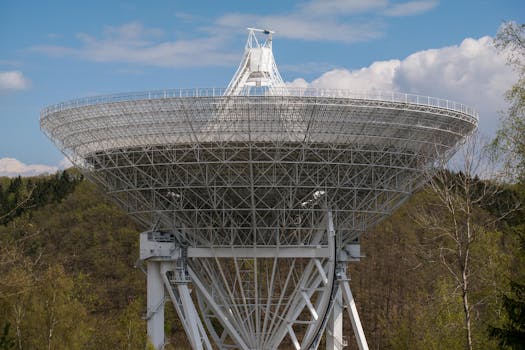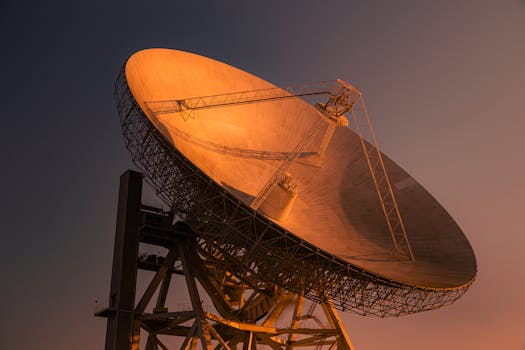
From Ground to Sky: The Evolution of Satellite Telecommunications Technology
From Ground to Sky: The Evolution of Satellite Telecommunications Technology has been a remarkable journey, marked by significant advancements and innovations. Satellite telecommunications technology has come a long way since its inception, transforming the way we communicate and access information. In this article, we will delve into the history and development of satellite telecommunications, highlighting key milestones and breakthroughs that have shaped the industry into what it is today.
Introduction to Satellite Telecommunications

Satellite telecommunications technology involves the use of artificial satellites orbiting the Earth to transmit and receive signals, facilitating communication between different locations. The concept of satellite communications was first proposed by science fiction author Arthur C. Clarke in 1945, and the first commercial satellite, Intelsat 1, was launched in 1965. Since then, satellite telecommunications have become an essential part of modern communication systems, enabling global connectivity and providing a wide range of services, including television broadcasting, telephone networks, and internet access.
The Evolution of Satellite Telecommunications Technology

The evolution of satellite telecommunications technology can be broadly categorized into several generations, each characterized by significant improvements in design, materials, and functionality. The first generation of satellites, launched in the 1960s and 1970s, were relatively simple and limited in their capabilities. They were primarily used for experimental purposes and had limited commercial applications. The second generation of satellites, launched in the 1980s and 1990s, saw significant advancements in technology, including the introduction of reusable launch vehicles and more efficient propulsion systems.
The third generation of satellites, launched in the 2000s, marked a significant shift towards more advanced technologies, including the use of high-power amplifiers, advanced antennas, and sophisticated signal processing systems. This generation also saw the introduction of new services, such as broadband internet access and high-definition television broadcasting. The current generation of satellites, launched in the 2010s and 2020s, is characterized by even more advanced technologies, including the use of 3D printing, advanced materials, and artificial intelligence.
Recent Advances and Future Directions

Recent advances in satellite telecommunications technology have been driven by the growing demand for high-speed internet access, mobile connectivity, and other digital services. The development of new satellite constellations, such as OneWeb and Starlink, has enabled the provision of low-latency, high-speed internet access to remote and underserved communities. The use of advanced technologies, such as phased array antennas and beamforming, has also improved the efficiency and capacity of satellite communications systems.
Looking to the future, satellite telecommunications technology is expected to play an even more critical role in enabling global connectivity and providing access to digital services. The development of new satellite systems, such as the European Space Agency’s Quantum satellite, will enable the provision of secure and reliable communications services for a wide range of applications, including navigation, earth observation, and scientific research. The integration of satellite communications with other technologies, such as 5G networks and the Internet of Things (IoT), will also create new opportunities for innovation and growth.
See more:







